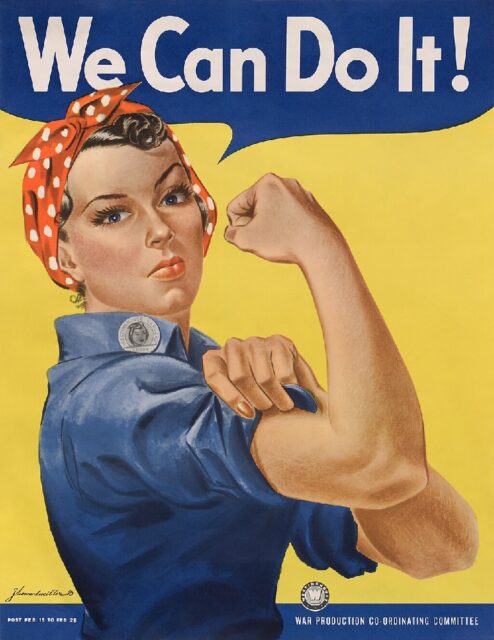Definition:
The “forearm jerk,” also known as the “bras d’honneur” (French for “arm of honor”), “Italian salute,” or “fico,” is a rude and offensive hand gesture used to express contempt or defiance.
Etymology:
The origins of the forearm jerk are not precisely known, but it has been used in many European and Latin American cultures for centuries.
Description:
The gesture is made by raising a clenched fist and slapping or jerking the opposite hand against the crook of the elbow of the raised arm. The raised fist is often held straight up or at an angle.
The gesture is widely recognized as an offensive and defiant insult. It is considered equivalent to the “flipping off” gesture, or the “up yours” gesture in many Western cultures.
In Italy the gesture is known as “il gesto dell’ombrello” (the umbrella gesture).
In France the gesture is known as “bras d’honneur.”
In Spain and Latin America the gesture is known as “corte de manga.”
Symbolism:
The American World War II wartime poster “We Can Do It!”, also known as “Rosie the Riveter” by J. Howard Miller for Westinghouse Electric Corporation (later known as CBS Corporation) in 1943, was an inspirational image to boost female worker morale. It has been a very popular image used to promote feminism since the 1980s. The symbol has multiple meanings, as it shows her pulling up her sleeve getting ready to work, flexing her bicep, and doing the forearm jerk.
